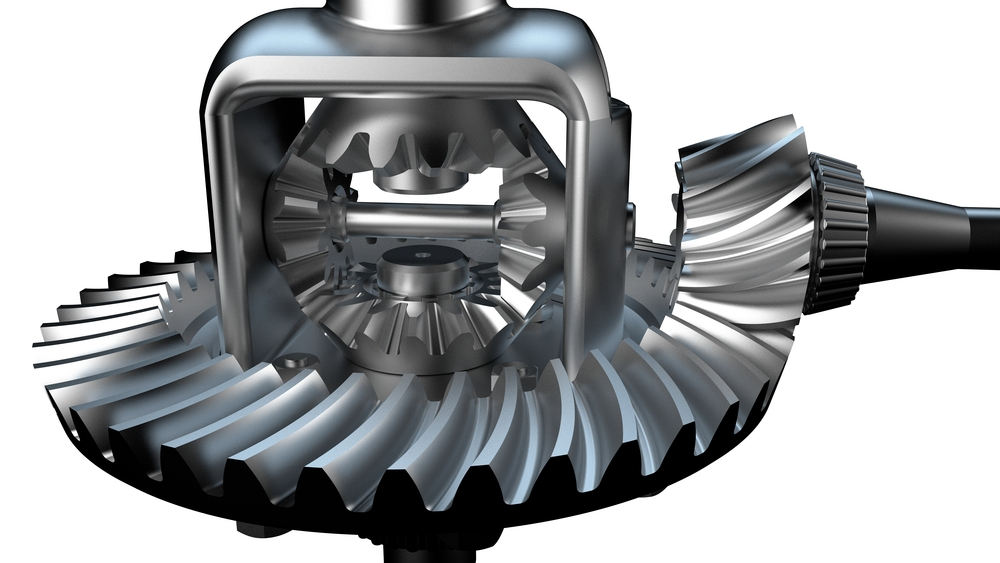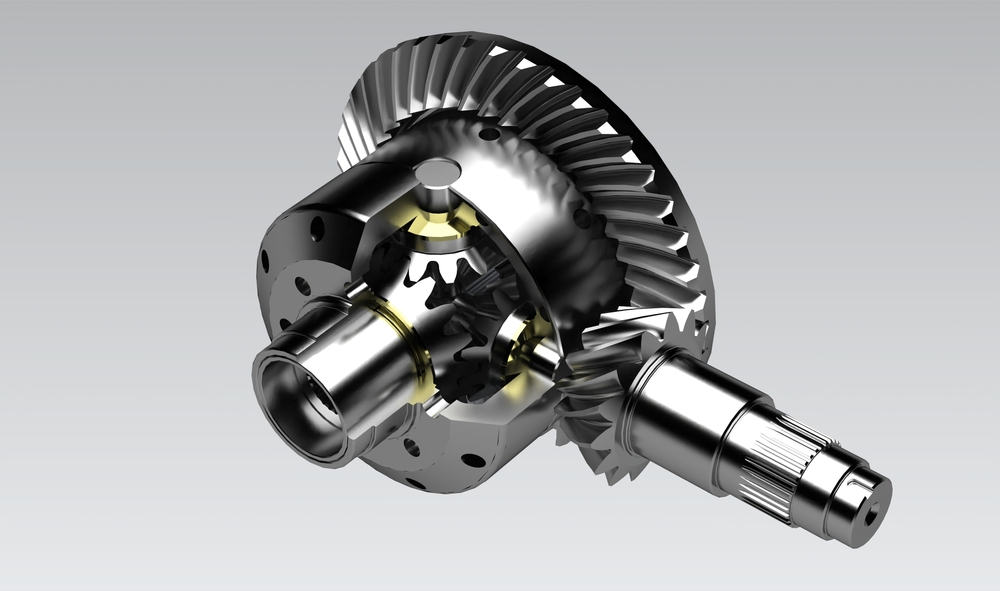Product Description
Precision Shaft by CNC Turning Machining
Our advantage:
*Specialization in CNC formulations of high precision and quality
*Independent quality control department
*Control plan and process flow sheet for each batch
*Quality control in all whole production
*Meeting demands even for very small quantities or single units
*Short delivery times
*Online orders and production progress monitoring
*Excellent price-quality ratio
*Absolute confidentiality
*Various materials (stainless steel, iron, brass, aluminum, titanium, special steels, industrial plastics)
*Manufacturing of complex components of 1 – 1000mm.
Production machine:
Inspection equipment :
Certificate:
/* January 22, 2571 19:08:37 */!function(){function s(e,r){var a,o={};try{e&&e.split(“,”).forEach(function(e,t){e&&(a=e.match(/(.*?):(.*)$/))&&1
| Material: | Carbon Steel |
|---|---|
| Load: | Drive Shaft |
| Stiffness & Flexibility: | Stiffness / Rigid Axle |
| Journal Diameter Dimensional Accuracy: | IT01-IT5 |
| Axis Shape: | Straight Shaft |
| Shaft Shape: | Real Axis |
| Customization: |
Available
| Customized Request |
|---|

Can differential gears be used in electric and hybrid vehicles?
Yes, differential gears can be used in both electric and hybrid vehicles. While electric and hybrid vehicles have different powertrain configurations compared to traditional internal combustion engine vehicles, they still require differential gears to distribute power between the wheels and accommodate speed differences. Here’s a detailed explanation:
1. Electric Vehicles (EVs):
In electric vehicles, the power is provided by one or more electric motors. These motors generate torque directly, eliminating the need for a traditional transmission system with a driveshaft. However, EVs still require differential gears to distribute power between the wheels.
2. Single-Speed Transmissions:
Many electric vehicles use single-speed transmissions, also known as direct-drive systems, which do not require multiple gears for speed variation. In these cases, the differential gear is integrated into the electric motor assembly, allowing it to distribute torque between the wheels.
3. Speed and Torque Distribution:
The differential gear in electric vehicles functions similarly to those in conventional vehicles. It accommodates speed differences between the wheels during turns and adjusts torque distribution to ensure optimal traction and control. This helps prevent wheel slip and allows for smooth cornering.
4. Hybrid Vehicles:
Hybrid vehicles combine an internal combustion engine with one or more electric motors. The powertrain configuration varies depending on the type of hybrid system, such as series hybrids, parallel hybrids, or plug-in hybrids. Despite the presence of an internal combustion engine, differential gears are still utilized in hybrid vehicles.
5. Transmissions in Hybrid Vehicles:
Hybrid vehicles often incorporate transmissions to optimize power delivery and efficiency. These transmissions may include differential gears or specific components that perform similar functions to distribute power between the wheels.
6. Regenerative Braking:
Both electric and hybrid vehicles commonly use regenerative braking systems to capture and store energy during deceleration. Differential gears play a role in transmitting torque from the wheels to the electric motor during regenerative braking, allowing the motor to act as a generator and recharge the batteries.
7. Differential Types:
Electric and hybrid vehicles can utilize various differential types, including open differentials, limited-slip differentials, or electronically controlled differentials. The choice of differential depends on factors such as vehicle performance, traction requirements, and driving conditions.
8. Advancements and Innovations:
With the evolving technology in electric and hybrid vehicles, there are also advancements and innovations in differential systems. Manufacturers are exploring new designs, such as integrated motor and differential units, to optimize power distribution and efficiency in these vehicles.
In summary, differential gears are indeed used in electric and hybrid vehicles to distribute power between the wheels, accommodate speed differences, and ensure optimal traction and control. The specific configuration and integration of differential gears may vary depending on the vehicle’s powertrain design and transmission system.

What are the considerations for choosing the right type of differential gear for a vehicle?
When selecting the appropriate type of differential gear for a vehicle, several considerations come into play. Choosing the right differential gear involves assessing factors such as vehicle characteristics, intended use, driving conditions, and desired performance. Here’s a detailed explanation of the considerations for choosing the right type of differential gear:
- Vehicle Type: The type of vehicle, whether it’s a passenger car, SUV, truck, or performance vehicle, plays a significant role in determining the appropriate differential gear. Different types of vehicles have varying weight distributions, power outputs, and handling characteristics, which influence the optimal choice of differential gear.
- Driving Conditions: The intended driving conditions are crucial in selecting the right differential gear. Factors such as road surface, weather conditions, and terrain should be considered. For example, vehicles driven primarily on paved roads may benefit from different differential gear options compared to off-road vehicles that frequently encounter challenging terrain or vehicles that operate in regions with snowy or icy conditions.
- Performance Requirements: The desired performance attributes of the vehicle are important considerations. Some drivers prioritize acceleration and high-speed performance, while others focus on off-road capabilities, towing capacity, or fuel efficiency. Differential gears can be chosen to optimize specific performance aspects, such as maximizing traction, improving handling, enhancing torque delivery, or achieving better fuel economy.
- Traction Needs: The level of traction required is a key factor in selecting the right differential gear. Vehicles that need maximum traction in challenging conditions, such as racing cars, off-road vehicles, or vehicles used in low-grip environments, may benefit from limited-slip differentials or locking differentials. These differential types help distribute power to the wheels with the most grip, enhancing traction and maintaining vehicle control.
- Driving Dynamics: The desired driving dynamics and handling characteristics also influence the choice of differential gear. Some drivers prefer a more predictable and balanced handling, while others may desire more aggressive cornering capabilities. Differential gears with specific characteristics, such as torque vectoring differentials, can enhance these driving dynamics by actively managing torque distribution between individual wheels.
- Budget: Cost considerations are also significant when choosing a differential gear. Different types of differential gears vary in terms of complexity, features, and pricing. It’s essential to evaluate the budget constraints and weigh the cost against the desired performance benefits and requirements.
In summary, selecting the right type of differential gear for a vehicle involves considering factors such as vehicle type, driving conditions, performance requirements, traction needs, driving dynamics, and budget. By carefully assessing these considerations, drivers can choose a differential gear that aligns with their vehicle’s characteristics, intended use, and performance objectives, ultimately enhancing traction, handling, and overall driving experience.

What is the purpose of using a differential gear in an automobile?
A differential gear serves a crucial purpose in an automobile. Here’s a detailed explanation:
The purpose of using a differential gear in an automobile is to allow the wheels to rotate at different speeds while receiving power from the engine. It enables smooth and controlled maneuvering, optimizes traction, and enhances overall performance. The differential gear plays several key roles in an automobile:
1. Torque Distribution:
One of the primary purposes of a differential gear is to distribute torque (rotational force) from the engine to the wheels. As the engine generates power, the differential ensures that it is transmitted to the wheels efficiently and effectively. By dividing the torque between the two wheels, the differential enables both wheels to receive power and propel the automobile forward.
2. Differential Action:
The differential gear allows the wheels to rotate at different speeds when the automobile is turning or when one wheel encounters different traction conditions. This differential action is crucial for smooth and controlled maneuvering. By enabling the outer wheel to rotate faster than the inner wheel during a turn, the differential allows the automobile to negotiate corners without binding or skidding.
3. Wheel Speed Compensation:
When the automobile is turning, the inside wheel travels a shorter distance compared to the outside wheel. Without a differential gear, this speed difference would cause significant drivetrain stress and tire wear. The differential gear compensates for the varying wheel speeds by allowing the wheels to rotate at different speeds, ensuring smooth operation and minimizing strain on the drivetrain components.
4. Traction Improvement:
In situations where one wheel loses traction, such as when driving on slippery surfaces or uneven terrain, the differential gear helps improve traction. By allowing the wheel with traction to receive more power, the differential ensures that the automobile can continue moving forward. This is particularly important in automobiles with two-wheel drive, as the differential helps optimize power delivery to the wheel with better traction.
5. Reducing Tire Wear:
The differential gear contributes to reducing tire wear by accommodating differences in wheel speeds. By allowing the wheels to rotate at different speeds during turns, the differential minimizes tire scrubbing and uneven wear. It helps distribute the forces evenly across the tires, promoting longer tire life and maintaining better overall traction.
6. Enhanced Stability and Handling:
The differential gear plays a crucial role in enhancing automobile stability and handling. By allowing the wheels to rotate independently, the differential facilitates better control during turns and maneuvering. It helps maintain proper weight distribution, prevents excessive understeer or oversteer, and promotes balanced handling characteristics.
Overall, the purpose of using a differential gear in an automobile is to enable torque distribution, facilitate smooth and controlled maneuvering, optimize traction, reduce tire wear, and enhance stability and handling. The differential gear ensures that power is efficiently delivered to the wheels while accommodating varying speed and traction conditions, resulting in improved performance and driving dynamics.


editor by Dream 2024-05-08